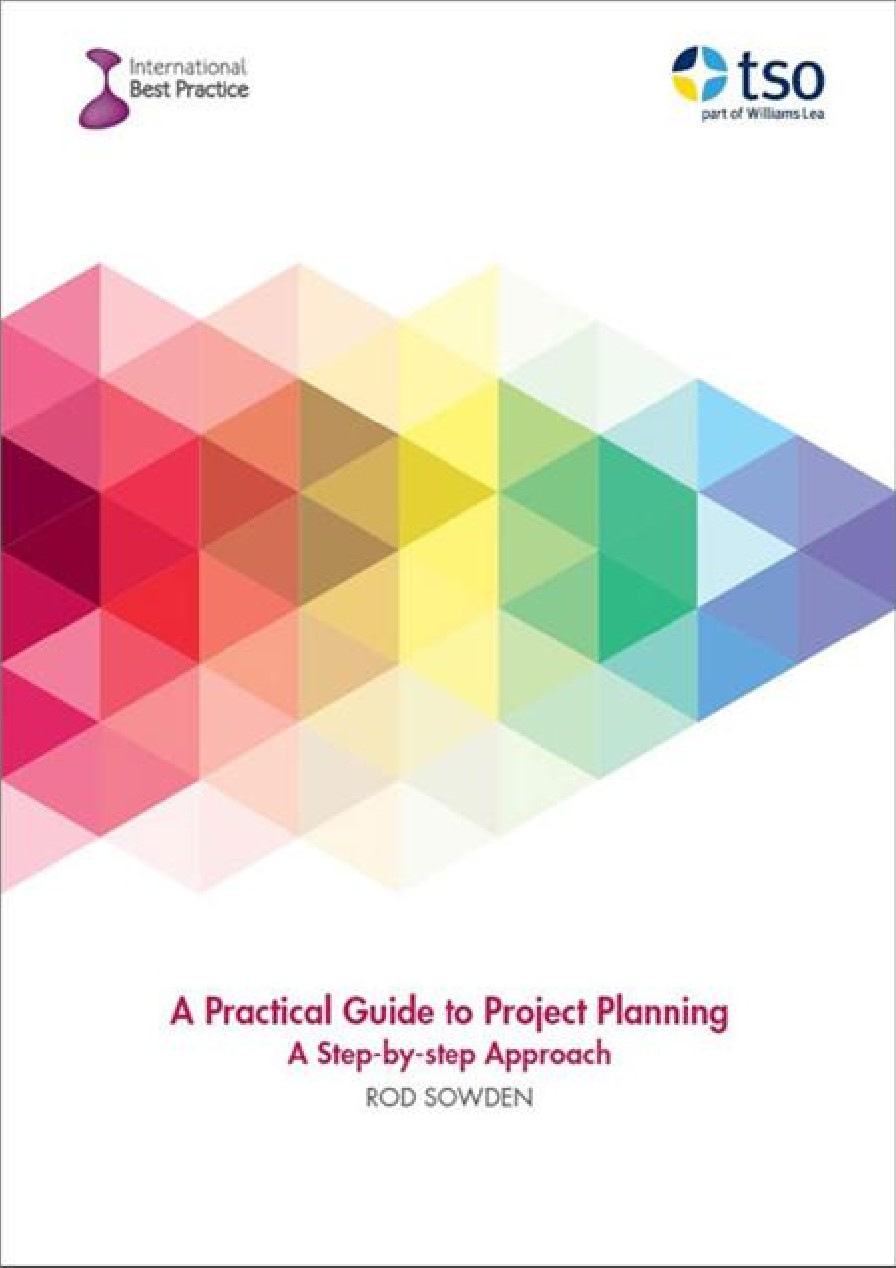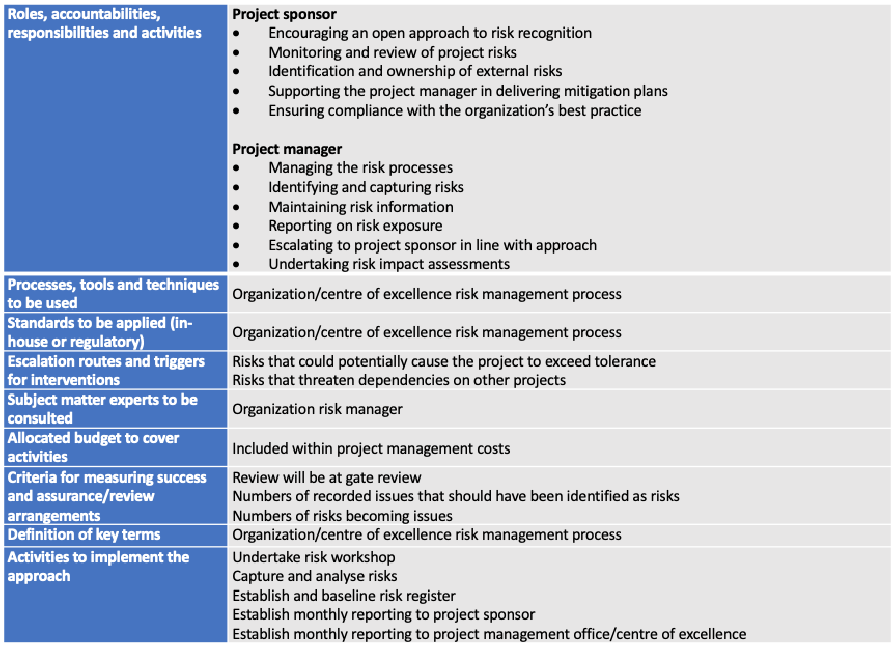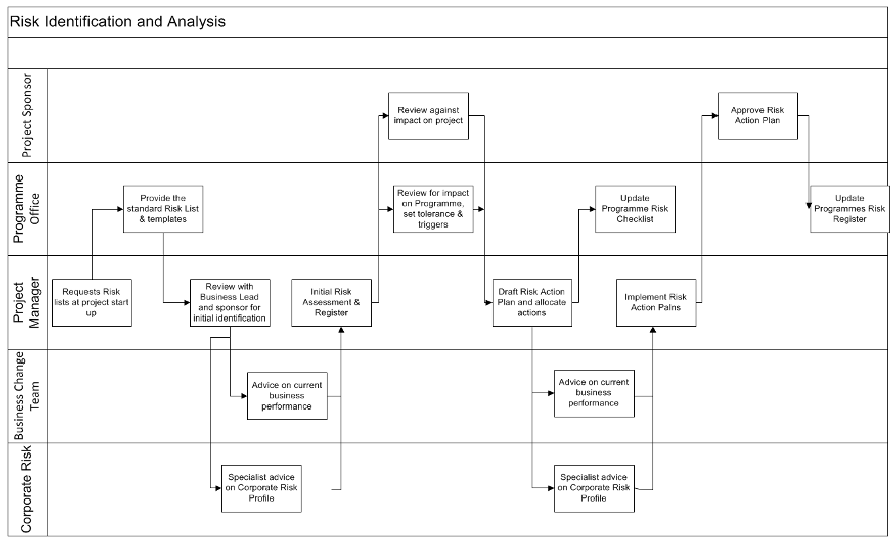eLearning Log in
Login here using your username and password
How do I design project controls?
Introduction
If there are not appropriate controls in place the project will lose momentum and focus and stray off course. The problems may take time to become evident, but it is worth remembering that projects do not go wrong overnight. They go wrong because of small and unnoticed changes or failures that in themselves don’t alert the project board, but when aggregated can lead to failure and waste.
To establish good controls the project must have the following fundamentals in place before moving into delivery:
- A project board with the competencies to manage a project of this size
- Clear responsibilities for all members of the team and roles assigned specifically for controls
- A baseline project plan within which there are solid estimates
- Internal and external suppliers who have explicitly signed up to their commitments within the project plan or the resource plan
- A budget, and agreement that funds will be made available to meet the expenditure plan
- A process for handling change requests, however small
- Stage plans, where appropriate
- Set tolerances
- A set of work packages that will deliver the outputs
- Arrangements to undertake assurance reviews of project management effectiveness
- Assurance reviews on the quality of the work on schedule to meet the quality requirements of product descriptions.

This extract has been reproduced with permission from A Practical Guide to Project Planning, TSO 2016. If you’d like to read more you can purchase the copy of the book here.
Tip
At this point the project should be ready for a decision gate as part of the project lifecycle.
In a larger, more formal project it would be appropriate to have a formal quality plan that outlines how this control will work.
When designing the controls, it is important to include formal estimation of what resources will be required to:
- Undertake the reviews
- Participate in the reviews
- Deal with the actions resulting from the reviews.
Technique
The main control technique is the process design for the main control areas or themes. . In simple terms, it is designing how you will manage and control the themes that will help you be successful. The following are the main theme for which there should a defined approach and scope within which project team members will operate before needing to escalate an issue, who is involved in an escalation:
- Quality
- Risk
- Issue
- Budget
- Information and configuration management
- Resource and team management
- Stakeholder and communications
- Project governance and reporting
Example
Table is an example listing the key components needed for effective risk management, but the same or very similar factors will apply to each of the control areas listed above.
Factors to consider in designing controls for risk management

Figure 4.10 is an illustrative diagram showing a process model for identifying risks. Especially in a large project this kind of diagram will help everyone to understand what is going on and who is responsible for what.

